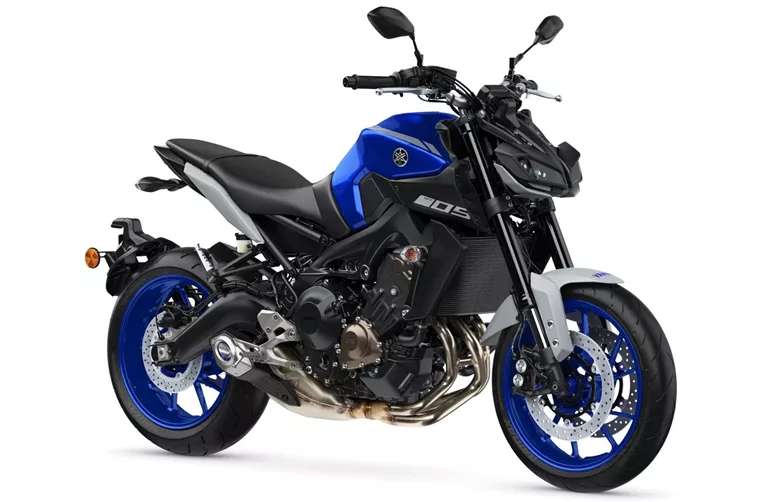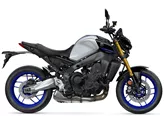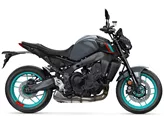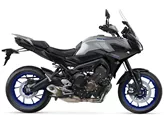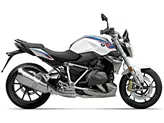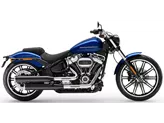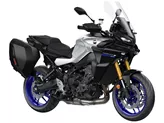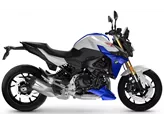BMW S 1000 R 2017 vs. Yamaha MT-09 2020

BMW S 1000 R 2017
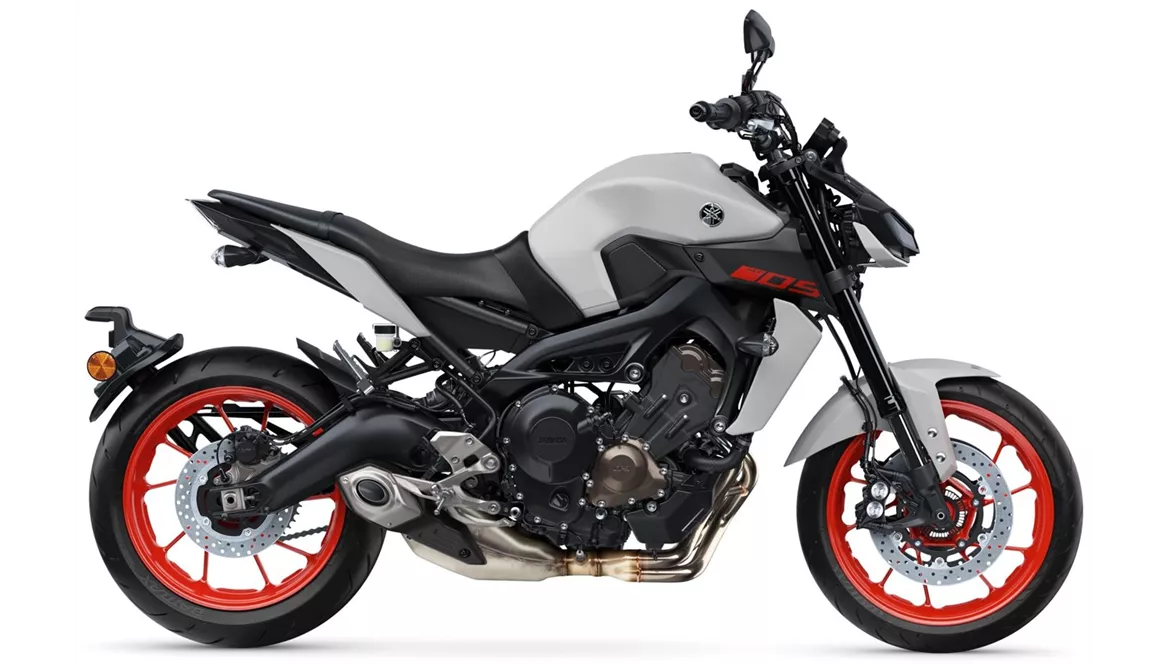
Yamaha MT-09 2020
Overview - BMW S 1000 R 2017 vs Yamaha MT-09 2020
The BMW S 1000 R 2017 and the Yamaha MT-09 2020 are both naked bikes with similar technical specifications. However, there are some notable differences between the two models.
In terms of engine power, the BMW S 1000 R 2017 has a significant advantage with 165 HP compared to the Yamaha MT-09 2020's 115 HP. This makes the BMW more powerful and provides a more exhilarating riding experience. The BMW also has a higher torque of 114 Nm compared to the Yamaha's 87.5 Nm, which further enhances its performance.
Both bikes have inline engines with liquid cooling and fuel injection systems, ensuring efficient and reliable performance. They also have upside-down telescopic forks for front suspension and swing arm suspension with monoshock absorbers at the rear, providing a comfortable and stable ride.
In terms of chassis, both bikes feature aluminum frames with a twin tube design, which contributes to their lightweight and agile handling. The BMW S 1000 R 2017 has double disc brakes at the front, providing powerful and reliable stopping power. The Yamaha MT-09 2020 also has double disc brakes at the front, but it also offers additional advanced rider assistance systems such as ABS, quickshifter, and traction control. This gives the Yamaha an advantage in terms of safety and control.

BMW S 1000 R 2017
In terms of dimensions and weights, both bikes have similar front and rear tire widths and diameters. The BMW has a slightly shorter wheelbase of 1439 mm compared to the Yamaha's 1440 mm. The seat height is also similar, with the BMW at 814 mm and the Yamaha at 815 mm. However, the BMW has a higher kerb weight of 205 kg compared to the Yamaha's 193 kg, which may affect its maneuverability and agility.
In terms of fuel tank capacity, the BMW has a larger capacity of 17.5 liters compared to the Yamaha's 14 liters. This means that the BMW has a longer range and requires fewer refueling stops.
In terms of strengths, the BMW S 1000 R 2017 has the best shift assistant in the naked bike league, providing smooth and effortless gear changes. It is a universal motorbike without any real weaknesses, offering a powerful engine, awesome sound, and great handling. On the racetrack, it has a slightly inactive riding position, but it compensates with a wide range of equipment and accessory options. The BMW also has very powerful brakes and a semi-active suspension that eliminates the need for setup adjustments.
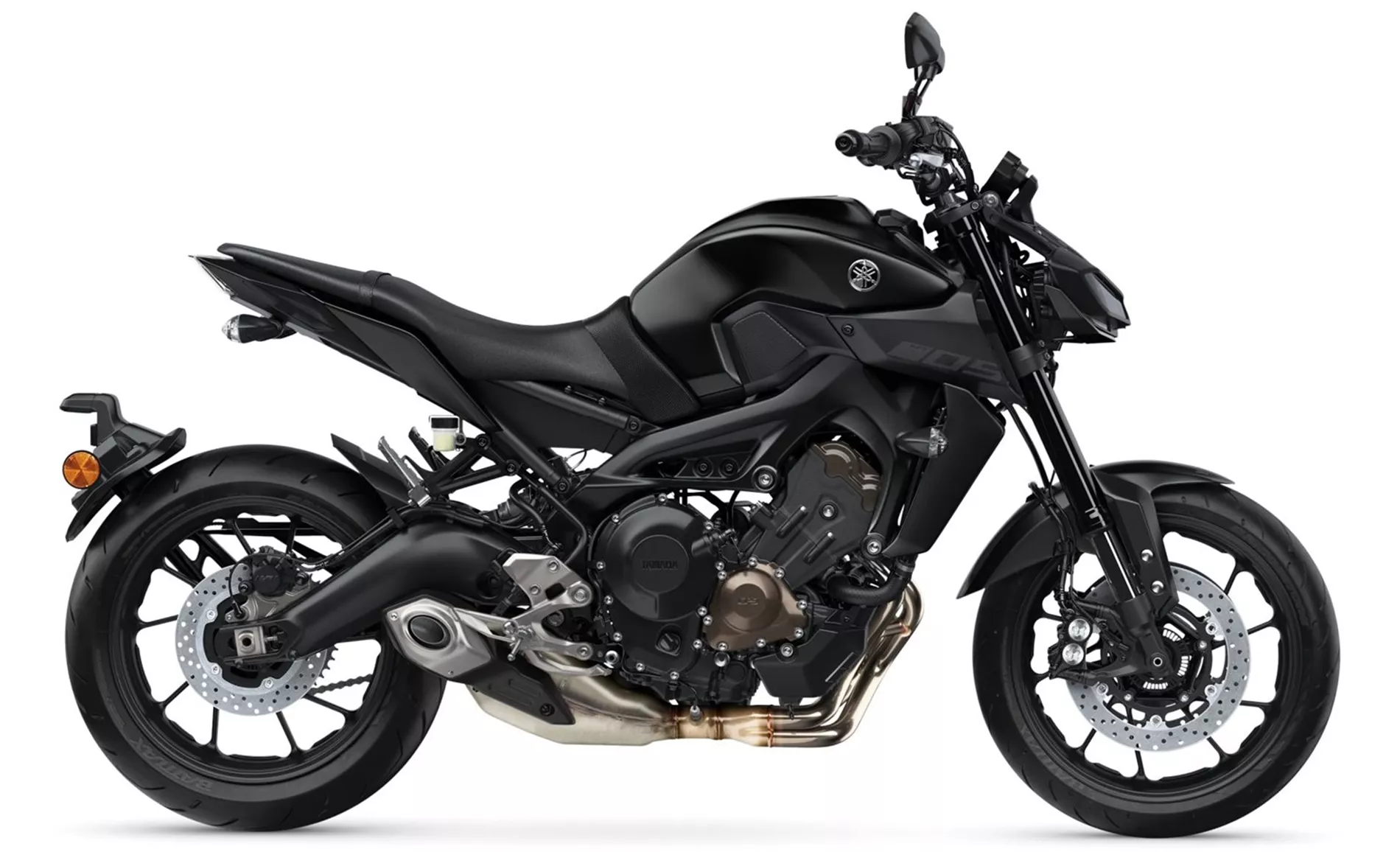
Yamaha MT-09 2020
On the other hand, the Yamaha MT-09 2020 has a powerful engine with plenty of torque, providing strong acceleration and performance. It also offers fine control of traction control, allowing riders to have better stability and control in different road conditions.
In terms of weaknesses, the BMW S 1000 R 2017 has original equipment tires that may not be of the finest premium quality. Additionally, its seating position on the racetrack is slightly inactive, which may affect the rider's comfort and control.
The Yamaha MT-09 2020 has a few weaknesses as well. It does not have a blipper function, which means that riders need to manually blip the throttle when downshifting. The high handlebars on the Yamaha also give little feedback, which may affect the rider's sense of control. The throttle response is also rough, which may require some adjustment from the rider. Lastly, the Yamaha has an early-regulating ABS, which may result in abrupt braking in certain situations.
In conclusion, both the BMW S 1000 R 2017 and the Yamaha MT-09 2020 are powerful naked bikes with their own strengths and weaknesses. The BMW offers a more powerful engine and a wider range of equipment options, while the Yamaha provides advanced rider assistance systems and fine control of traction control. Ultimately, the choice between the two models will depend on the rider's preferences and priorities.
Technical Specifications BMW S 1000 R 2017 compared to Yamaha MT-09 2020
Pros and Cons in comparison
Pros and Cons in comparison
BMW S 1000 R 2017

BMW's universal talent also got better in 2017. The BMW offers the widest range of use and an exceptionally cultivated engine, a perfect gearbox and the best shift assistant in the field. It drives simply but quickly. You sit rather low in the vehicle.
Yamaha MT-09 2020
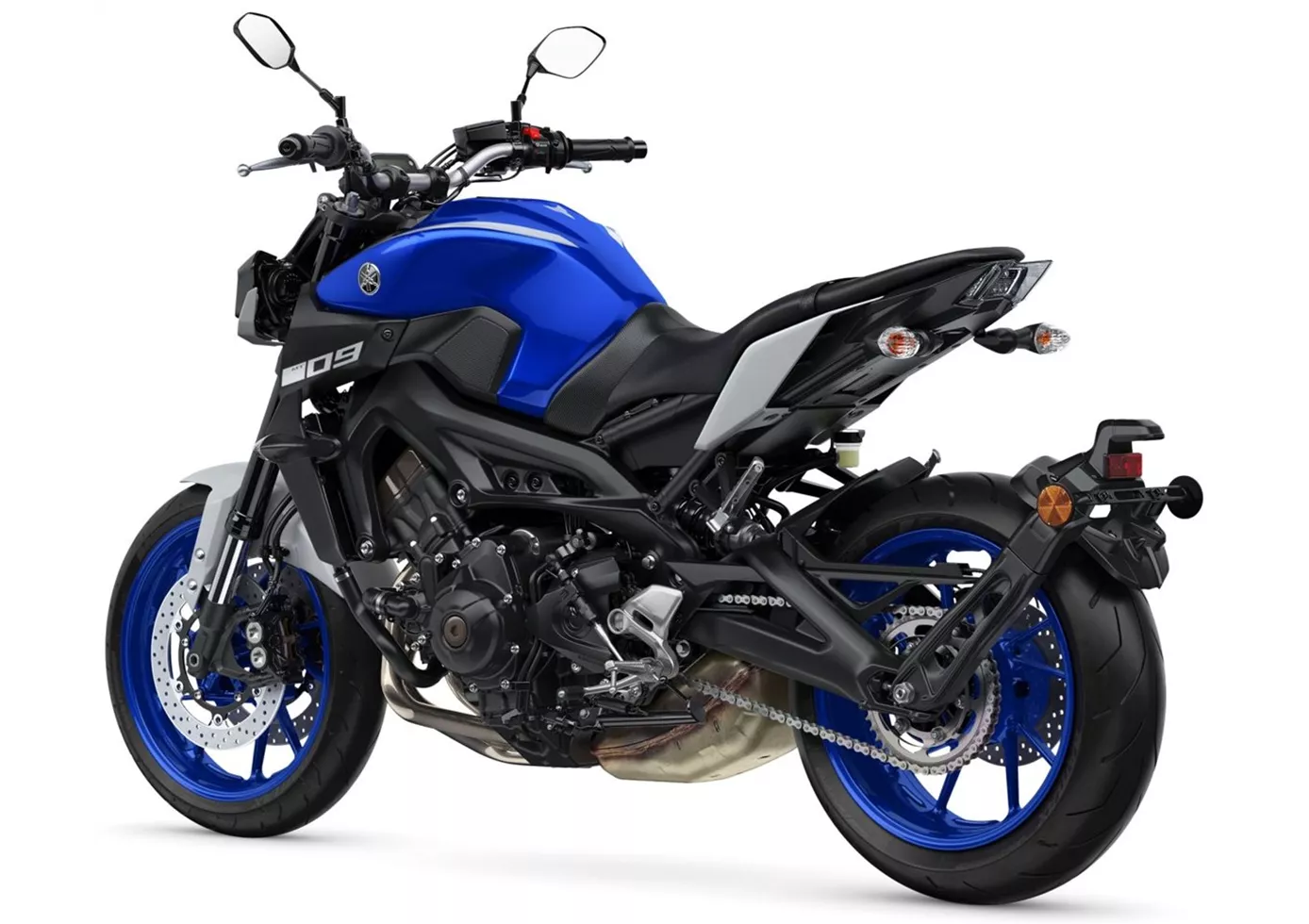
Riding fast is possible, but exhausting. The high handlebars are counterproductive on the race track and require a lot of physical effort. The MT-09 can't keep up with the Street Triple R, even with WP suspension.
Price Comparison Avarage Market Price BMW S 1000 R vs Yamaha MT-09
There are a few key differences between a BMW S 1000 R 2017 and a Yamaha MT-09 2020. In terms of price, the actual average price of a BMW S 1000 R 2017 is about 35% higher. Compared to Yamaha MT-09 2020 there are more BMW S 1000 R 2017 bikes available on the 1000PS.de Marketplace, specifically 22 compared to 8. It takes less time to sell a BMW S 1000 R with 97 days compared to 110 days for a Yamaha MT-09. Since model year 2014 1000PS.de editors have written 62 reviews for the BMW S 1000 R and 57 reviews for the Yamaha MT-09 since model year 2013. The first review for the BMW S 1000 R was published on 11/3/2013 and now has more than 17,300 views. This compares to more than 39,900 views for the first review on Yamaha MT-09 published on 6/10/2013.

